History of Lomography: Don't think, just shoot.
Lomography, a term and a movement that resonates deeply in the world of photography, represents more than just a style or a technique—it signifies a philosophy, a way of seeing and capturing the world. Rooted in a spirit of spontaneity, experimentation, and a celebration of imperfection, Lomography encourages photographers to break away from conventional rules and embrace unpredictability.
The term 'Lomography' traces its origins back to the early 1990s and is inspired by the Russian-made LOMO LC-A compact camera. When a group of Vienna-based students discovered this camera, they were fascinated by the unique, dreamlike quality of the images it produced. They named their newfound photographic style after the camera that started it all, and thus, Lomography was born.
Over the years, the Lomography movement has grown into a vibrant global community, fostering an appreciation for analogue photography and championing a more creative, carefree approach to capturing life's moments. Let’s take a look at the history of Lomography as a camera brand, explore its impact on the photography landscape, and discuss its enduring relevance in our increasingly digital world.
The Birth of Lomography
In the early 1990s, a group of Viennese students stumbled upon a then-obscure piece of photographic equipment that would change their lives and influence photography culture worldwide. This serendipitous encounter occurred during a trip to Prague, where they discovered the Lomo Kompakt Automat (LC-A), a compact, automatic Russian camera. Intrigued, they started using the camera, and they were instantly captivated by the images it created.
The Lomo Kompakt Automat had a unique way of capturing light and color. Its lens produced intense saturation, high contrast, and a noticeable vignette at the edges. The resulting photographs had a dreamlike, almost surreal quality that defied the more clean and precise aesthetics of conventional photography. This camera, with its distinct visual language, inspired the students to see the world in a new, more playful light.
With the LC-A, the students realized that photography didn't need to be perfect or follow traditional rules to be meaningful or beautiful. They began to experiment, shooting from the hip, aiming the camera out of moving car windows, and capturing life as it happened in all its glorious unpredictability. These early Lomographers adopted a simple motto: "Don't think, just shoot."
The whimsical, unpredictable style of photography they developed rapidly attracted a following. Thus, the Lomography movement was born, its name borrowed from the little Russian camera that started it all. Little did these students know, their passion for this unique style of photography would eventually lay the foundation for an iconic camera brand.
The 10 Golden Rules of Lomography
The Lomography movement is not just about the cameras; it's a philosophy, a way of life, that is guided by the 10 Golden Rules of Lomography. These are not traditional rules to bind the creativity of the photographer, rather, they encourage spontaneity, serendipity, and experimentation.
Take your camera everywhere you go: The first rule emphasizes the value of being prepared to capture moments as they occur, embracing the unexpected.
Use it anytime - day or night: With Lomography, there are no constraints of light or darkness. Every lighting condition brings a unique opportunity.
Lomography is not an interference in your life, but a part of it: This rule encourages photographers to make their camera an extension of themselves.
Approach the objects of your lomographic desire as close as possible: Lomography is all about getting close and personal, to capture the subject's essence.
Don't think: This rule promotes spontaneity and instinctive shooting.
Be fast: Moments are fleeting, and this rule emphasizes the need to capture them quickly.
You don't have to know beforehand what you've captured on film: Part of the Lomography adventure is the suspense and surprise of seeing your developed photos.
You don't have to know afterward, either: Interpretation is not a necessity. Sometimes, it's about the image itself, not the story behind it.
Shoot from the hip: This rule encourages offbeat angles and perspectives, inviting photographers to break the mold of traditional compositions.
Don't worry about rules: The final rule encapsulates the spirit of the Lomography movement - it's all about defying conventions and celebrating creativity.
These principles define Lomography's free-spirited approach to photography, inviting individuals to view the world through a different lens - quite literally.
Key Lomography Cameras and Accessories
Lomography's unique approach to photography is deeply rooted in its distinctive range of cameras and accessories. Over the years, the Lomography community has embraced a variety of these tools, each contributing to the diverse and vibrant aesthetic that the movement is known for.
The Lomo LC-A+ is the camera that started it all. A replica of the original Russian LOMO LC-A, this compact camera is cherished for its vibrant colors, deep saturation, and the distinctive vignette that frames its pictures. Its Minitar 1 lens creates unique images that are unmistakably "Lomo".
The Diana F+ is another iconic Lomography camera. A reinvention of the classic 1960s Diana camera, the Diana F+ is known for its dreamy, radiant, and lo-fi images. The camera also offers a removable lens for pinhole photography, adding another layer of creative potential.
The Holga, with its light leaks and plastic lens, is beloved for its ability to produce soft and dreamy images. Despite its simple design and minimal controls, it is highly valued by Lomographers for the unpredictable and unique images it produces.
In addition to these cameras, Lomography offers a variety of films and lenses that help photographers add a unique touch to their images. From high-contrast black and white films to color-drenched slide films, there's a Lomography film for every mood and style. And with lenses such as the Petzval and the Fisheye, photographers can experiment with different effects and perspectives.
These cameras and accessories have played a pivotal role in defining the Lomography aesthetic. They invite photographers to step outside the traditional boundaries of photography and to embrace an entirely different way of seeing and capturing the world.
Lomography and the Analogue Revival
In an era dominated by digital technologies, it's remarkable to witness the persistent charm of analogue practices. This is particularly evident in the field of photography, where the tactile nature of film and the element of surprise it offers have continued to enchant numerous photographers. The resurgence of interest in analogue photography can be credited, in part, to Lomography and its fervent community.
In its most intrinsic form, Lomography encourages spontaneity and an embrace of the unexpected — aspects often lost in the pixel-perfect precision of digital photography. By promoting the use of film cameras and various experimental techniques, Lomography offers a refreshing departure from the digital norm, allowing photographers to connect with the process of image-making in a more intimate and hands-on manner.
The Lomography community has played a pivotal role in keeping the spirit of film photography alive. The communal sharing of images, techniques, and experiences has fostered an environment of creativity and exploration, drawing more individuals towards the analogue world. This collaborative spirit, coupled with Lomography's commitment to producing new and innovative film cameras and accessories, has ensured that analogue photography remains a vibrant and active part of the broader photographic landscape.
Lomography's contribution to the analogue revival is profound. Its advocacy for film-based photography has not only helped sustain the practice amidst the digital surge but also introduced it to a new generation of photographers. By preserving the art of film photography, Lomography continues to champion a form of creative expression that values unpredictability, imperfection, and the joy of analogue unpredictability.
Lomography Today
In the current landscape of photography, Lomography continues to thrive, maintaining its unique identity while innovating to remain relevant in the ever-evolving art form. The Lomography community, now more than a million strong worldwide, remains active and engaged, sharing their vivid and often abstract snapshots with each other and the world.
One of the key elements of Lomography's current activities is its community-building efforts. Lomography has always been more than just cameras and film; it's a culture, a movement, and above all, a community. The Lomographic Society International provides a platform for photographers to exchange ideas, participate in competitions, and showcase their work. The 'LomoHomes', individual online galleries where members share their photos, stand testament to the vibrant and diverse artistry within the community.
Lomography's dedication to spreading the love for analogue photography is also evident in their educational initiatives. They conduct workshops, both online and offline, teaching everything from basic photography techniques to tips for shooting with specific Lomography cameras. These workshops serve not just to educate, but also to bring together like-minded individuals, fostering a sense of camaraderie and shared passion.
In terms of product innovation, Lomography remains at the forefront of creative analogue photography. They continue to launch new cameras, films, and accessories that push the boundaries of what's possible with film. Recent examples include the Lomo’Instant Wide camera that combines high-quality instant photography with extensive creative options, and the LomoChrome Metropolis film that offers a unique color palette reminiscent of old-school cinema.
Lomography today is a vibrant, creative force that continues to inspire photographers around the world. By upholding the principles of fun and experimentation, it maintains a significant influence on contemporary photography. Its commitment to analogue practices offers a meaningful counterpoint to digital photography, reminding us all of the unique, tactile joy of film.
Check out also other brands

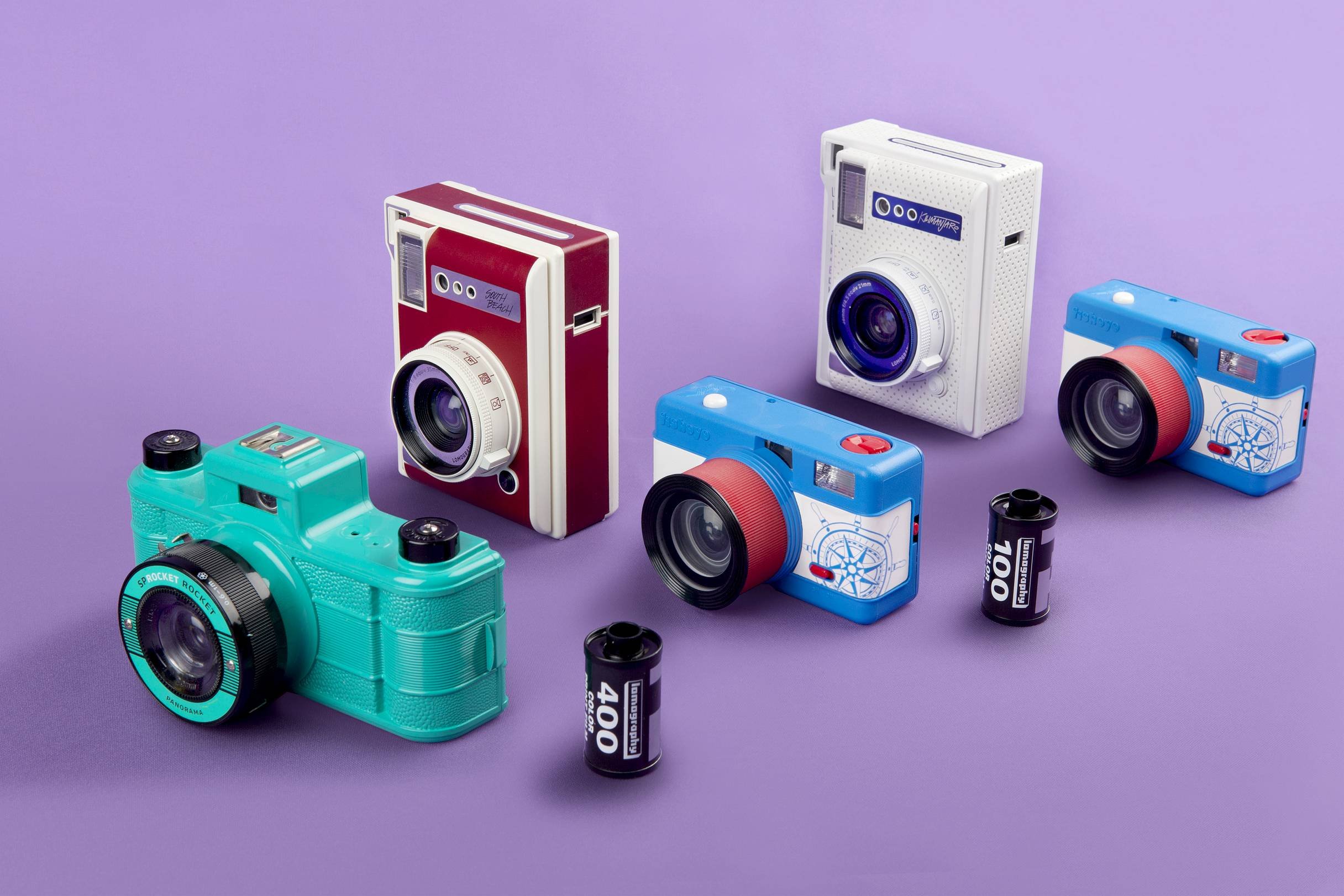


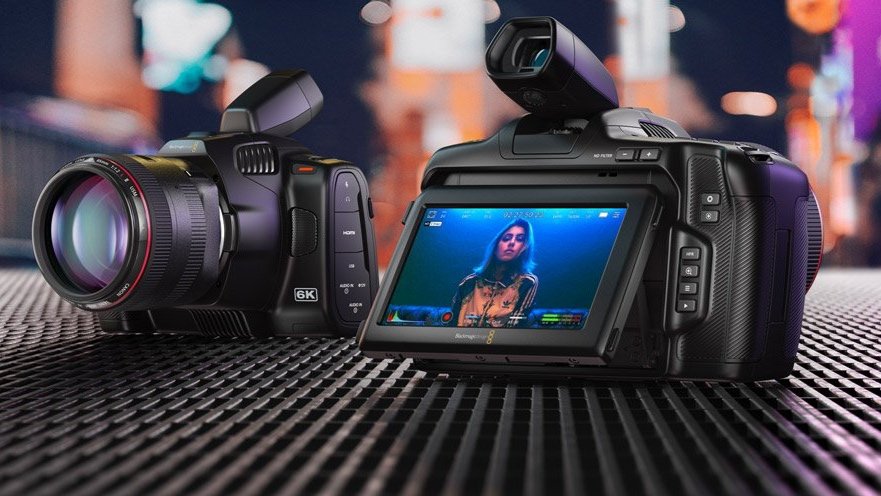
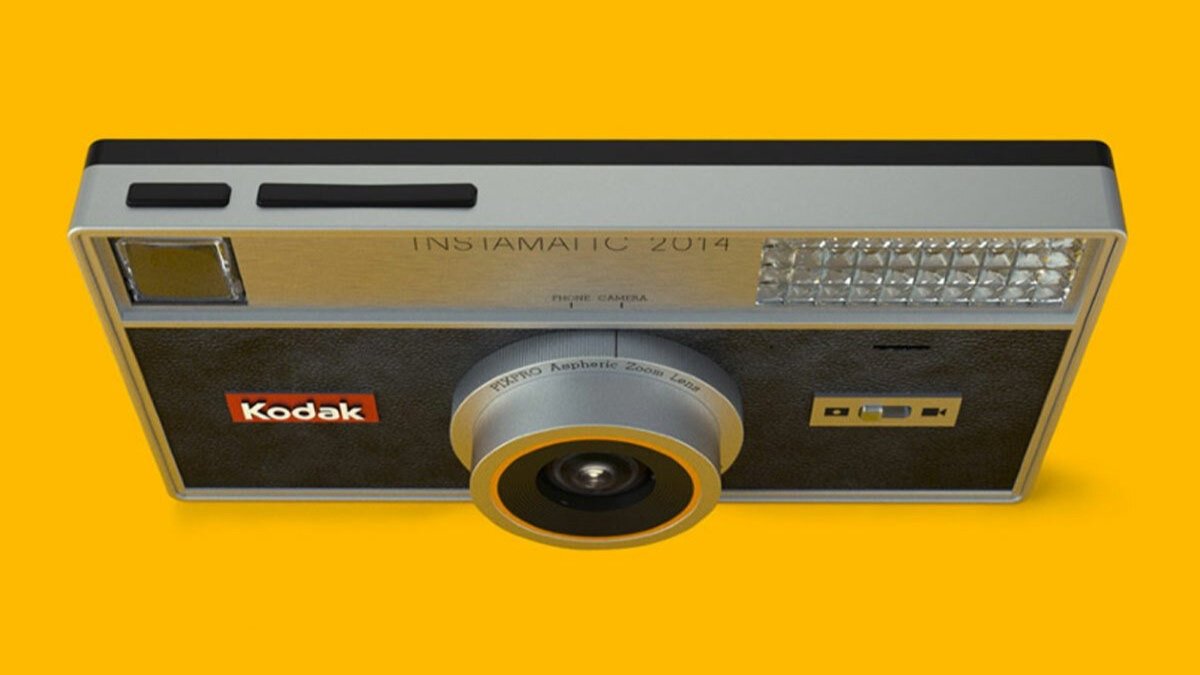

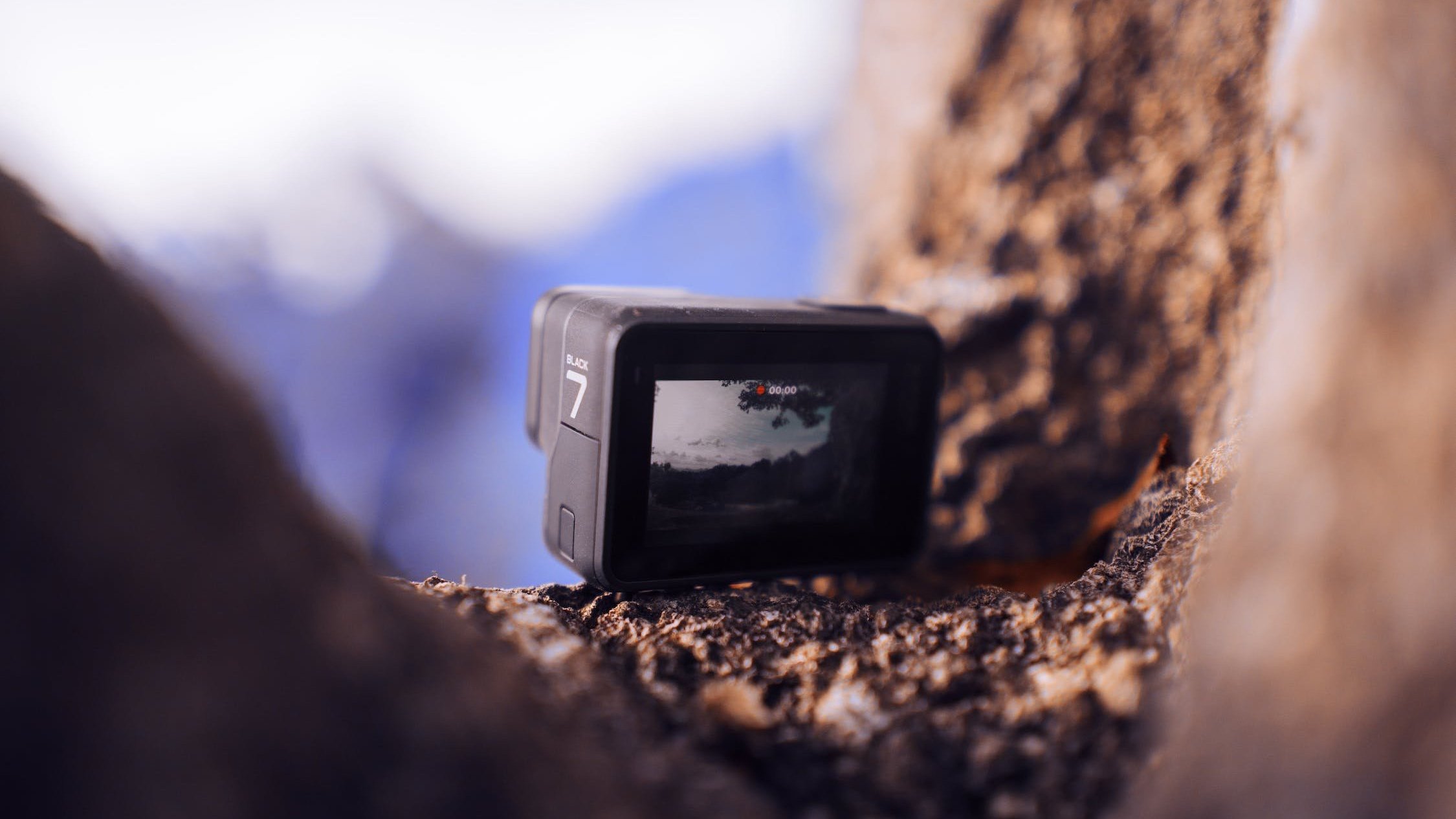


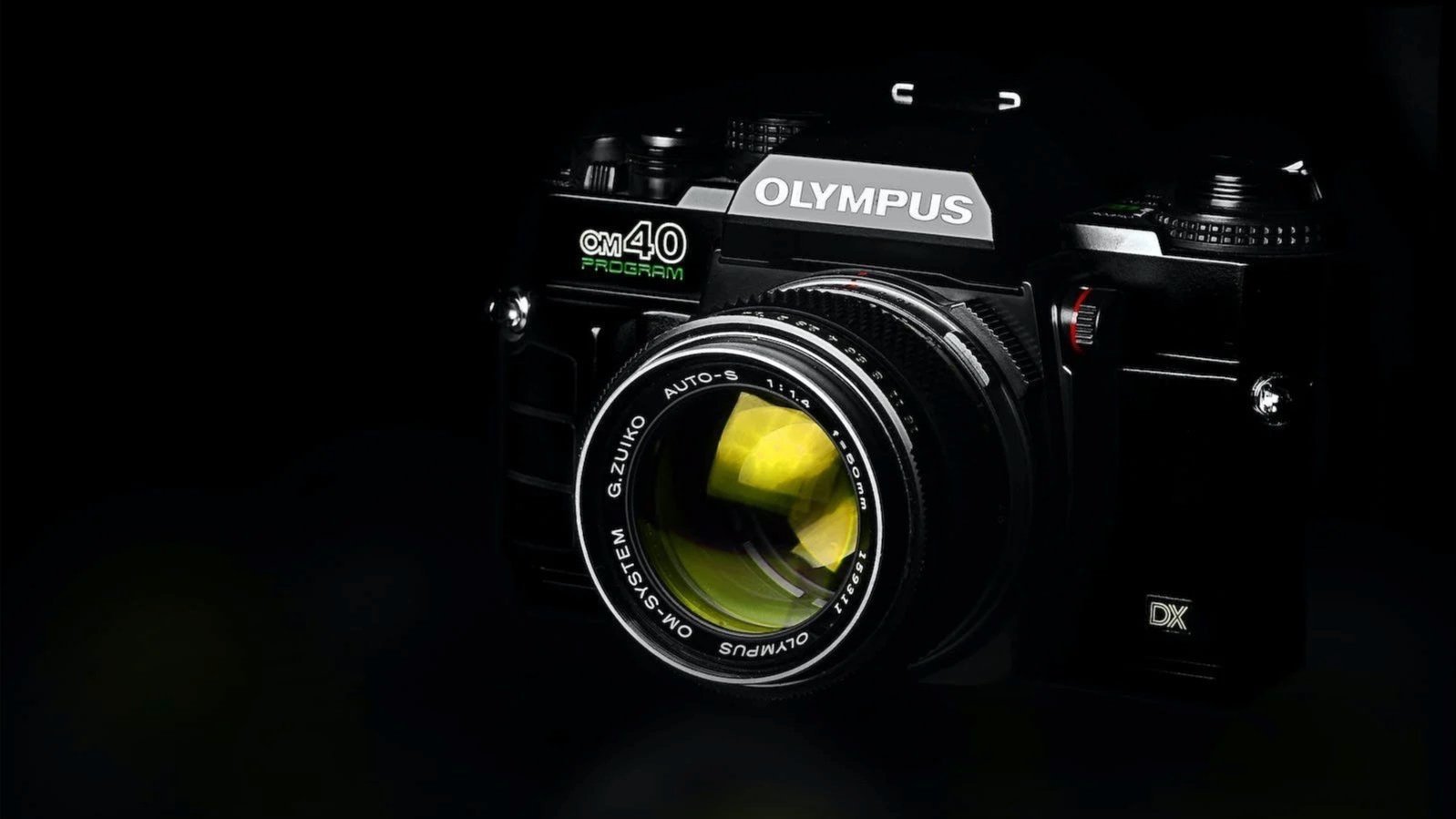
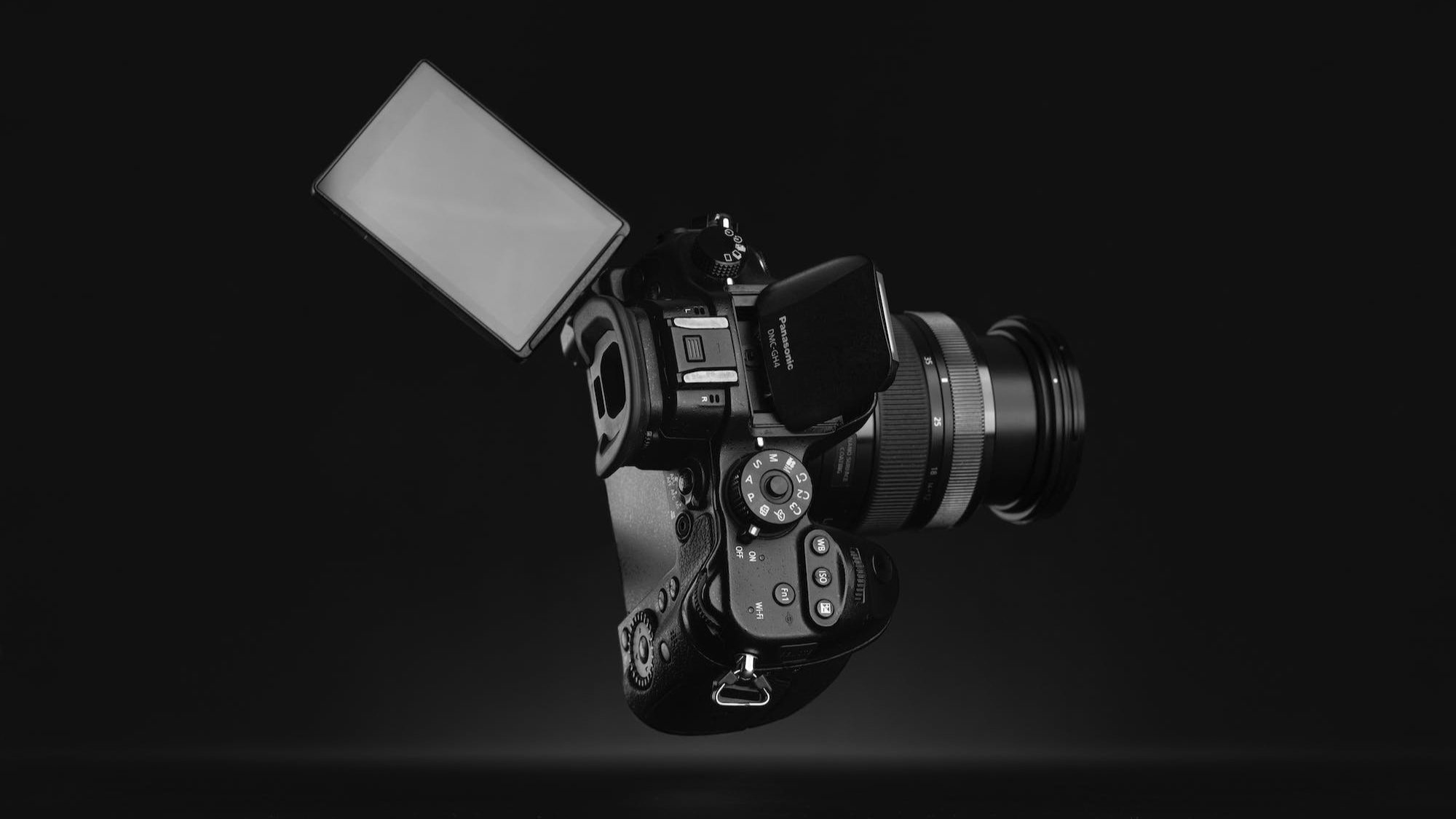

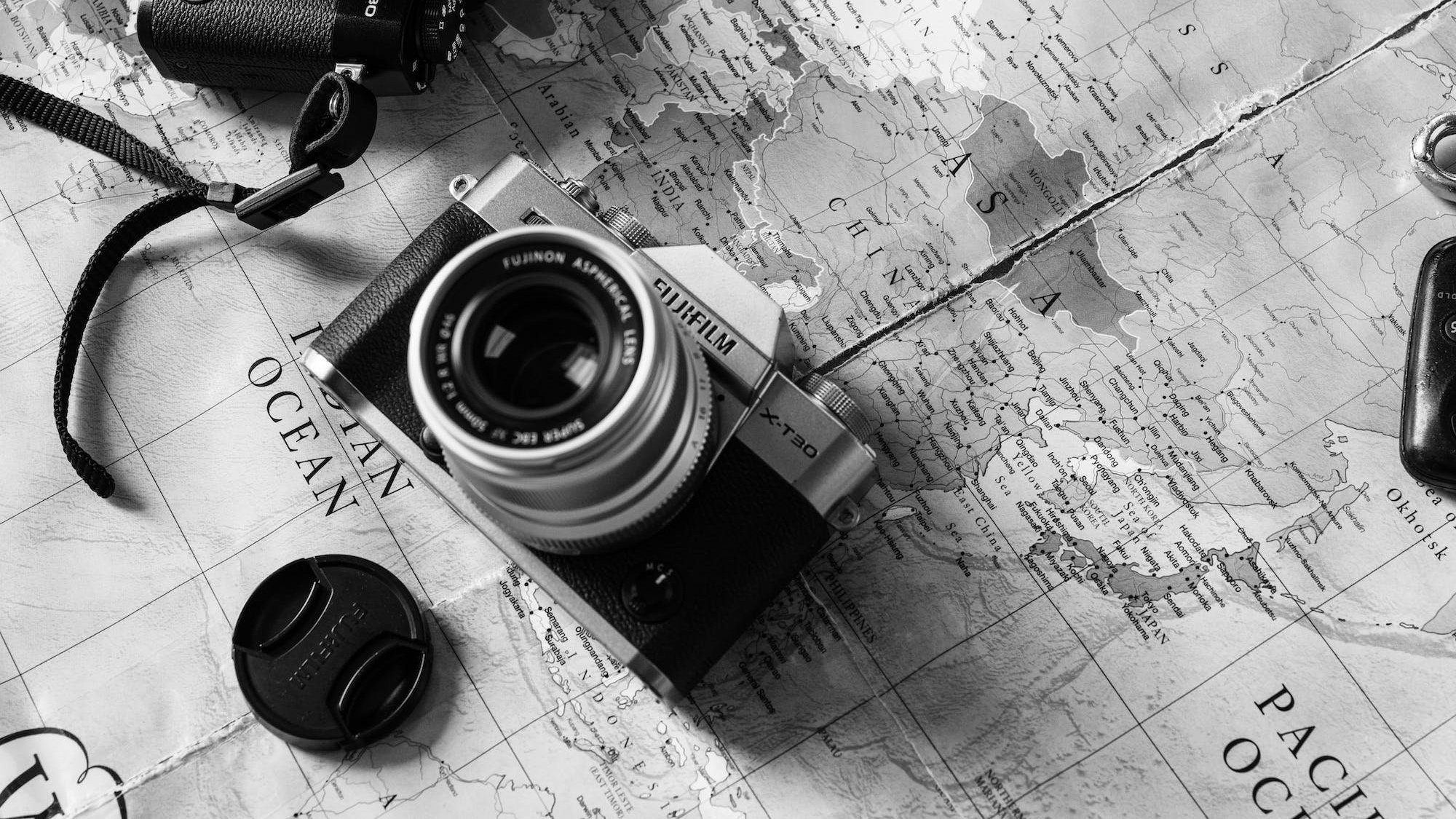
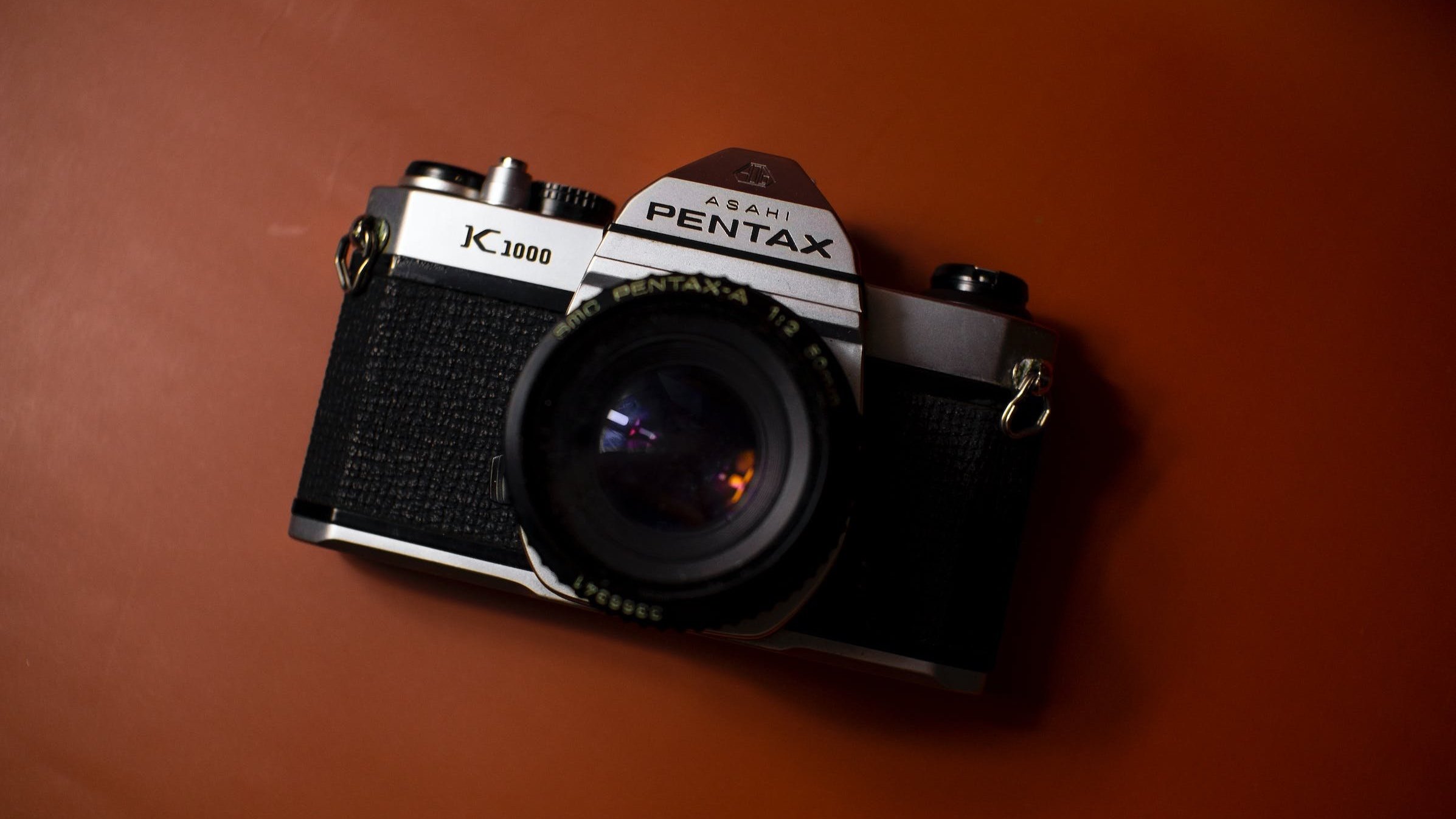
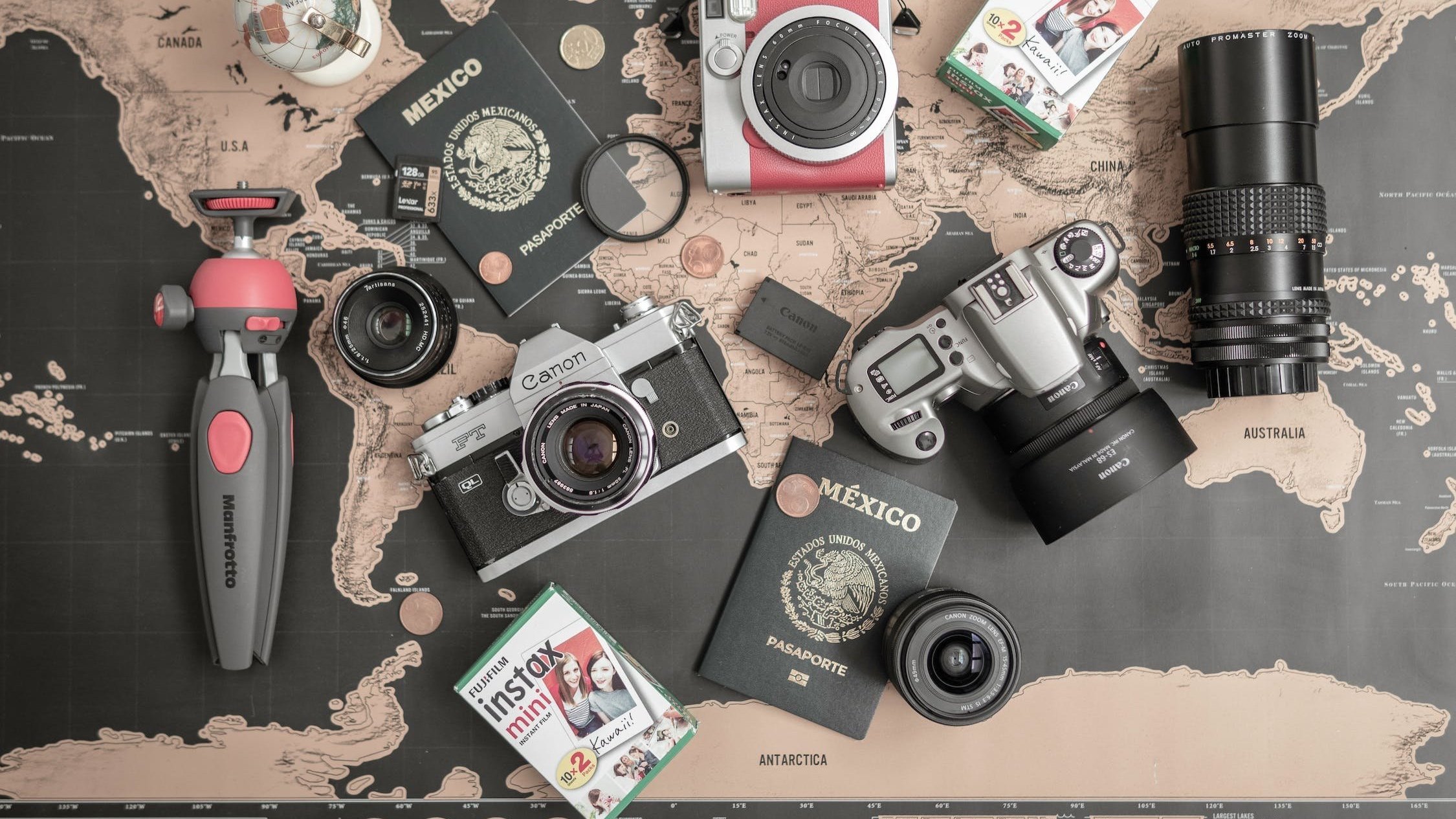

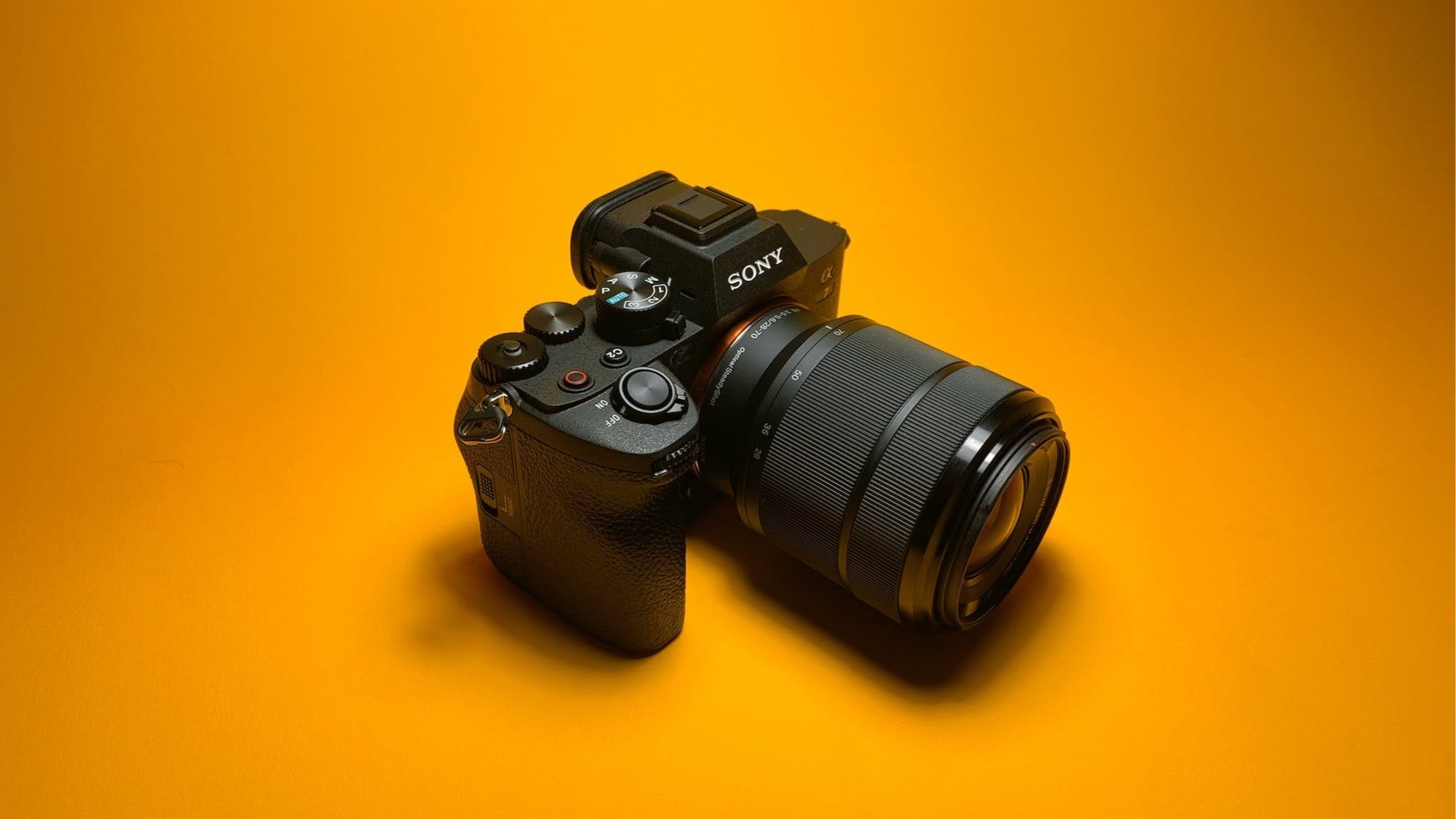
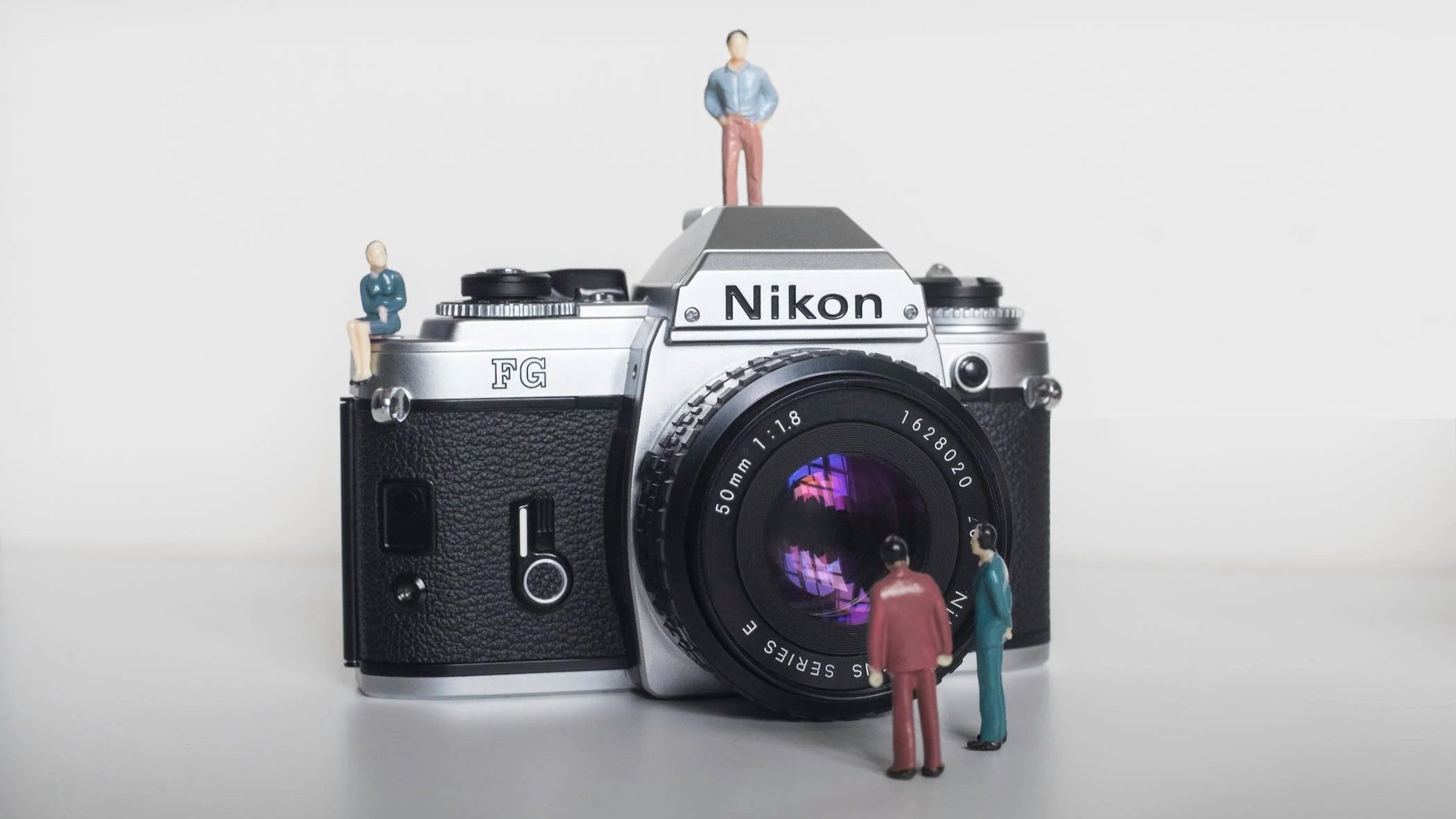
Lomography, a term and a movement that resonates deeply in the world of photography, represents more than just a style or a technique—it signifies a philosophy, a way of seeing and capturing the world. Rooted in a spirit of spontaneity, experimentation, and a celebration of imperfection, Lomography encourages …